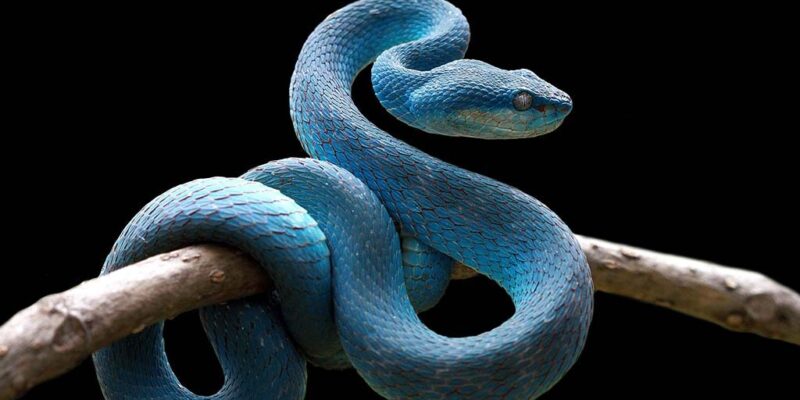
flying snakes
Alright, dislike a bird – with wings – however, a few snakes swing from branches and swing themselves noticeable all around. Then, at that point by straightening their ribs and making a side-to-side movement, they keep their bodies noticeable all around sufficiently long to coast for around 109 yards prior to hitting the ground or another tree. In this article, you can see what do snakes eat? And fascinating facts.
The five diverse flying snakes are on the whole venomous and live in the tropical rainforests of Sri Lanka and Southeast Asia. No snake can fly upwards nor would it be able to take off the ground.
snakes can swim
Numerous types of snakes can wander in the water. Some essentially slide on a superficial level, while others can really coast submerged. A few animal groups additionally live the greater part of their lives in the sea – these are known as ocean snakes. They rise to the top to inhale air, however, can frequently remain at the base for over 60 minutes. Ocean snakes feed on fish and eels.
snake teeth
The kind of teeth a snake has relies upon how the species catch food.
All non-venomous snakes have teeth on the upper jaw and lower jaw. A snake can frequently develop a larger number of teeth than it needs since teeth are some of the time lost while taking care of them. The teeth are snare formed and calculated towards the throat.
Venomous snakes are either oval or have empty teeth. The toxin, which comes from organs situated under each eye, streams down the depression or through the empty piece of the teeth and is infused into the person in question.
Continue to read: ri full form
snake children
Female snakes bring forth coddles about double a year. In certain species, children are conceived alive. Different species lay eggs. In an abnormal mix of the two, a few snakes have eggs that stay in their bodies until the eggs bring forth, and afterward indulges are conceived. Snakes can have from each to 150 child winds in turn.
Snake eggs are not as hard as chicken eggs, but rather are rough and can be opened by a child snake from within with a unique “egg tooth”, which will be lost not long after the snake has incubated.
Snakes could do without their posterity, however, a few animal types monitor the eggs and afterward lay new youthful for a brief time frame in the wake of bringing forth. The child snakes are then left to battle for themselves.
shading
A few snakes have disguise shading that conceals them from hunters. Mixing into the environmental factors additionally keeps likely prey from remembering them.
A few snakes have a hue that emulates that of another snake to befuddle hunters. For instance, the venomous coral snake looks basically the same as the non-venomous red kingsnake. The two snakes live in North America.
hibernation
Snakes living in cool environments prepare for the colder time of year by taking care of extra so they can rest in the coldest environments. Their bodies are not in reality snoozing, yet are in an uncommon express that causes them to show up as though they are dead to the individuals who don’t know.
Idaho snake
Idaho is home to numerous snakes, both venomous and non-venomous. The 11 normal types of snakes found in the state are:
- elastic boa
- racehorse
- ringneck snake
- night snake
- striped whipsnake
- gopher snake
- long nose snake
- ground snake
- normal supporter snake
- western earthly tie
To study every one of the above animal varieties, alongside other Idaho reptiles, visit the Idaho State University Web webpage. Search for the Reptiles of Idaho Checklist.
western diamondback
The Western Diamondback Rattlesnake is perhaps the riskiest snake in North America. There are various diamondback species in North and South America. Their shading is unmistakable and they are known for having jewel-formed plans along their backs. They can develop to be more than 3 to 5 feet tall. They live in an assortment of conditions including woods, deserts, and prairies. They like to live in rough regions where they can warm themselves against the warmth of rocks or cool themselves in the shade between rocks.



